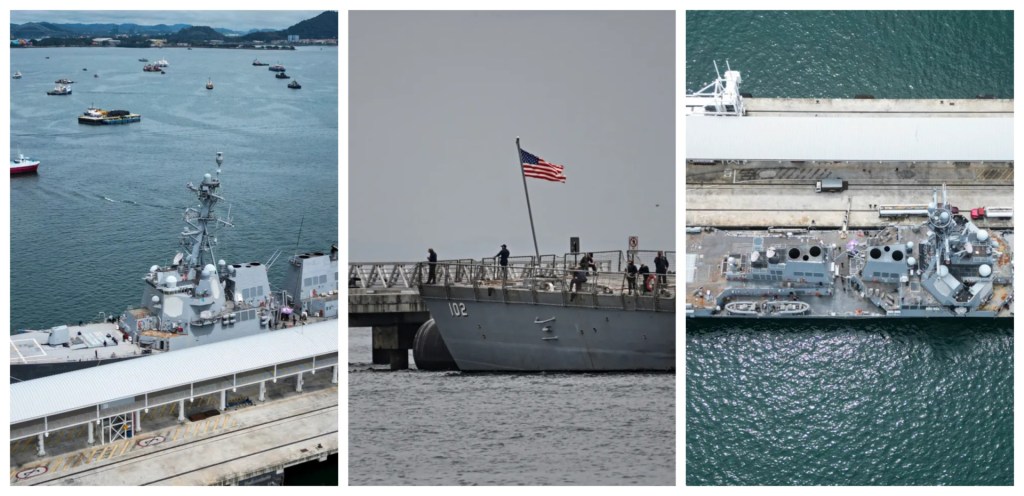After the United States and a five-member Arab coalition launched the first strikes against ISIL, I’d like to offer four preliminary observations:
1. We should be conservative in assessing impact of the strikes. It’s a good start to a long military campaign, perhaps. But the efficacy of air strikes to degrade, much less destroy ISIL, remains an open question. Watching the breaking news on the strikes that were launched in Syria and Iraq recalls Gulf War I and Gulf War II, air campaigns that began auspiciously enough with “shock and awe” initial impressions that were over-shadowed by darker tidings that followed. Patience will be required in this latest campaign, as well: we must accept the reality that there will be no swift resolution to any of the deep seated issues that impact on security and stability in the Middle East.
2. It will be crucial to keep the Arab coalition directly involved as U.S. proceeds deeper into this campaign. There are also three additional players who must be accounted for as the campaign unfolds: Turkey, Syria, and Iran cannot be ignored, as knotty a challenge as each presents for holding the coalition together, and strengthening it over time. The test of the efficacy of the U.S.’s emerging strategy will depend largely on reaching some level of understanding, however subtle, implicit, direct or indirect, with each of these states. In this regard, there is no reason in principle that the U.S. cannot communicate with Syria and Iran in ways that do not compromise core U.S. policies and existing alliances. The greatest challenge for the U.S. will be to simultaneously weaken both Assad’s grip on power while it degrades ISIL’s strength in Syria; attacking ISIL must not come at the expense of strengthening Assad, lest the U.S. risk losing Arab support for the campaign.
3. U.S. deployment of technological innovations that have been achieved over a decade of war may be coming together as a whole that is greater than the parts, reminiscent of the novel tactics the U.S. successfully waged to topple the Taliban in the fall of 2001. An exotic blend of Tomahawk cruise missiles, fighter jets, Predator drone strikes, electronic intelligence collection, and special operations and intelligence assets, offers a potential paradigm shift in how the U.S. and its allies are able to neutralize threats such as ISIL. This is the optimistic outcome; a more restrained analysis would be that the U.S. will rediscover that stand-off technologies (whether air power, drones, or national technical means, are not a substitute for direct access on the ground. I would be willing to wager that the U.S. Intelligence Community’s ability, working in close cooperation with U.S. military assets, to establish deep situation awareness on the ground will be the most decisive factor in ultimate success. Nonetheless, it will be fascinating to follow the impact of ever-evolving technology on the modern battlefield.
4. In order for the re-assertion of U.S. and allied military power in the Middle East to be successful in the long term, U.S. strategy must take into account two problems that must be managed, each with its own distinct characteristics:
–ISIL increases the terrorism threat to the U.S.; and
–ISIL represents an insurgency movement that threatens the stability of the entire region.
Come back tomorrow morning for an in-depth exploration of point number four.








